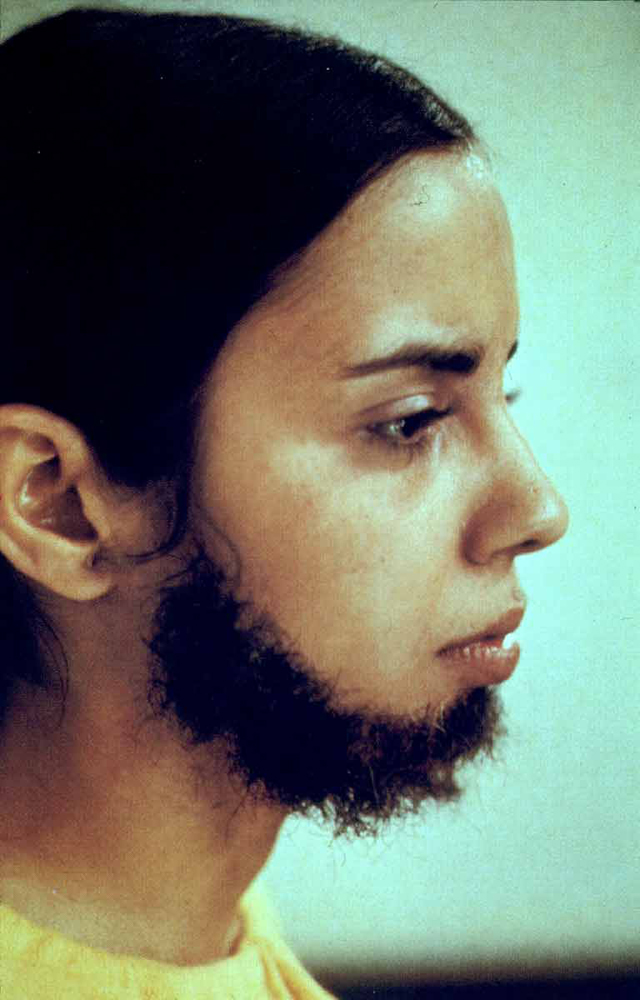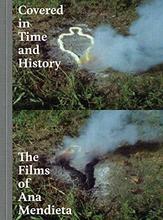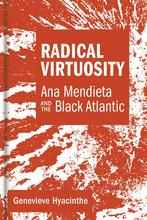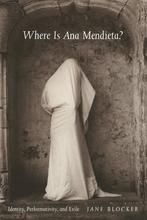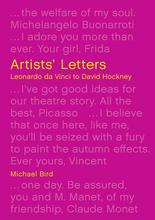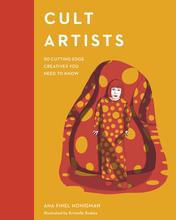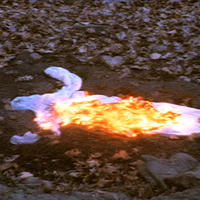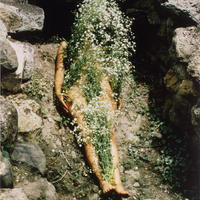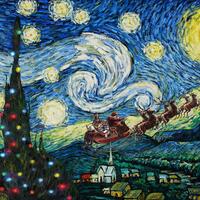More about Ana Mendieta
- All
- Info
- Shop
Works by Ana Mendieta

Contributor
As much as Ana Mendieta’s body of work documented her concern with issues of domestic violence and abuse, equally it dealt with her feelings of exile from her homeland, Cuba.
Through her work, Mendieta utilized the practice of ritual and santería as a way to reconnect with and make sense of her Cuban American identity. Santería (Spanish: The Way of the Saints) also known as: La Regla de Ocha (The Order of the Orishas) or La Religión Lucumí (The Order of the Lucumi)is a pan-American religious tradition originating from the people of the Yoruban nations of West Africa who were initially brought to Cuba via the Atlantic slave trade. Santería as it is practiced today, is a synthesis of their beliefs, mixed with Roman Catholicism (hence, Saints), and indigenous American religious practices.
The practice of santería is based on the development of a relationship between the follower and an orisha, or deity, through divination, sacrifice, initiation, and mediumship. Central to the santería is the connection between an orisha and their follower or followers. The orishas can be accessed by their devotees during certain rituals in which the devotee channels their patron. Usually, these rituals involve some sort of animal sacrifice. Chickens are the most common, however pigeons, doves, ducks, guinea pigs, goats, sheep, and turtles are also used. This ritual practice has even been upheld in the US Supreme Court!
Following her completion of her MA in Painting at University of Iowa, in 1972 “Mendieta wrote: ‘the turning point in art was in 1972, when I realized that my paintings were not real enough for what I want the image to convey and by real I mean I wanted my images to have power, to be magic.’”
Mendieta dabbled in mediums and practices reminiscent of santería. Blood and feathers would become recurrent media that Mendieta returned to in her work between 1972-1974. For example, in Untitled (Death of a Chicken) (1972) Mendieta’s professor at University of Iowa, Hans Breder, beheaded a chicken that he gave to Mendieta who held it by the feet for a performance. For the duration of the piece, Mendieta stood naked in front of a plain wall while holding the bird. Blood got everywhere; during the performance, the chicken’s blood splattered her flesh, as well as the white wall behind her. If it were in one point perspective, maybe Kubrick would have stolen her idea.
The bewitching quality of Ana Mendieta’s work has been controversially making headlines lately. In 2018, Ana Mendieta’s estate actually sued Amazon Studios over Luca Guadagnino’s remake of the 1977 cult classic, Suspiría--the movie centers around a ballet school fronting a witches' coven. The movie’s trailer originally featured works that, Mendieta’s estate argued, copied Mendieta’s pieces. Specifically Rape Scene (1973) and her Siluetas (1973-1980) series. Mendieta’s estate claimed copyright infringement over (somewhat ironically) a director’s celebration of feminist art. The two parties reached a settlement later that year.
Anyhow, Mendieta’s practice of using art as a medium to access magic, as well as using material mediums associated with santería practice situate her as a general bad-ass, as well as a bruja to be reckoned with.
Sources
- “Ana Mendieta.” Smithsonian Institution. https://americanart.si.edu/artist/ana-mendieta-6832
- Ana Mendieta (1948-1985). Tate Modern, https://www.tate.org.uk/art/artists/ana-mendieta-11167
- Blood + Feathers (1974). Tate. https://www.tate.org.uk/art/artworks/mendieta-blood-feathers-t12916
- Cabañas, Kaira M. “Ana Mendieta: ‘Pain of Cuba, Body I Am’”, Woman’s Art Journal, Vol. 20 No. 1(Spring-Summer, 1999), pp. 12-17
- Canizares, Raul Jose, Santeria: from Afro-Carebbean [sp] Cult to World Religion, Caribbean Quarterly, Vol. 40, No. 1, Cultural: Marronage (March 1994), pp. 59-63
- Greenberger, Alex. “Ana Mendieta Estate and Amazon Studios Reach Settlement on ‘Suspiria’ Copyright Infringement Suit,” http://www.artnews.com/2018/10/26/ana-mendieta-estate-amazon-studios-re…
- Mollona, Massimiliano, “Seeing the Invisible: Maya Deren’s Experiments in Cinematic Trance.” Relationship to Maya Deren (both Schneeman and Mendieta admired her)
- Murphy, Joseph M. Santería. https://www.britannica.com/topic/Santeria
- Osterweil, Ara, “Bodily Rites: The Films of Ana Mendieta,” Artforum, November 2015
- Rivera, Beatriz, Santería, Afro-Hispanic Review, Vol. 16, No. 1 (Spring 1997), pp. 5-10
- “Santeria: Sacrifice.” BBC, Religions. https://www.britannica.com/topic/Santeria
- Smithsonian, “Untitled from the Silueta series,” https://americanart.si.edu/artwork/untitled-silueta-series-34658
- “The Case of Ana Mendieta,” Art in America, https://www.artinamericamagazine.com/news-features/news/ana-mendieta/
- Ultan, Deborah K. “From the Personal to the Transpersonal: Self Reclamation Through Ritual-in-Performance.” Art Documentation: Journal of the Art Libraries Society of North America, Vol. 20, No. 2 (Fall 2001), pp. 30-36

Contributor
Ana Mendieta went through a lot to earn her success and recognition as an artist, and it was all cut short by some sculptor.
She was born in Havana, Cuba in 1948, but was sent to the United States with her older sister Raquelin at a young age (you can probably guess why). Separated from most of her family and living in the US, bouncing from institution to foster home to institution, Ana rightfully felt displaced and disconnected. She began using art as an outlet for her complex emotions when she was a junior in high school and got hooked. She soon followed in her sister’s footsteps and decided to study art in college.
As an artist, Ana fearlessly made and did whatever she wanted, from a simplistic and beautiful photo of herself naked and covered in white flowers in a tomb, to gluing a fellow student’s shaved beard hair carefully onto her own face to make a very convincing fake mustache (now that’s just unsanitary). After a female student was raped and murdered on her college campus, many of her pieces began to focus on violence towards women, often featuring blood and disturbing but impactful imagery of rape and murder. Remember this for later.
Everyone who knew her saw that Ana had the“it” factor and would inevitably find success as a big time artist. She moved to New York and had a solo exhibition of her photographs at A.I.R. Gallery in New York, where she met and eventually married Carl Andre (previously mentioned sculptor). Unfortunately, this is when the sh*t hit the fan, resulting in a tragedy. One day, after some audible arguing and screams of “No, no, no, no” coming from the couple’s apartment, Ana “fell” out the 34th story window of their Manhattan apartment and died. Accidentally, of course...?
Naturally, the police didn’t buy that story and charged Ana’s husband with second degree murder. During the trial his attorney argued - get this - that Ana took her own life, and he used her “haunting” artwork as evidence to back up his claim. This defense resonated with the judge and Carl Andre was acquitted of all charges.
Andre is still alive and kicking and making art today, but luckily there are those who haven’t forgotten Ana. Whenever Andre’s work has been exhibited, protesters have appeared, armed with Ana’s visage in different forms. In 2014, outside of Andre’s Dia:Beacon retrospective in New York, protesters wearing tracksuits emblazoned with “I Wish Ana Mendieta Was Still Alive" and splattered chicken blood and guts along the pavement.
Ana really was a Dame Done Wrong, (probably) taken way before her time by some guy who made giant jenga pieces for a living. But fortunately, the impact of her work is still felt by young artists today and only gets stronger as time goes on.
Sources
- “Ana Mendieta,” Guggenheim, 2018, Accessed Aug 2018, https://www.guggenheim.org/artwork/artist/ana-mendieta
- Frank, Priscilla. “The Life Of Forgotten Feminist Artist Ana Mendieta, As Told By Her Sister.” The Huffington Post. Mar 9 2016. Accessed Aug 2018. https://www.huffingtonpost.com/entry/the-inexorable-lifeblood-of-forgot…
- Lopez, Alicia. “Ana Mendieta Overview and Analysis.” The Art Story, 2018, Accessed Aug 2018, https://www.theartstory.org/artist-mendieta-ana.htm
Featured Content
Here is what Wikipedia says about Ana Mendieta
Ana Mendieta (November 18, 1948 – September 8, 1985) was a Cuban-American performance artist, sculptor, painter, and video artist who is best known for her "earth-body" artwork. She is considered one of the most influential Cuban-American artists of the post–World War II era. Born in Havana, Cuba, Mendieta left for the United States in 1961.
Mendieta died on September 8, 1985, in New York City, after falling from her 34th-floor apartment. She lived there with her husband of eight months, minimalist sculptor Carl Andre. The circumstances surrounding her death have been the subject of controversy.
Check out the full Wikipedia article about Ana Mendieta

